Imagine walking through the misty valleys of Ice Age France, crunching across frostbitten grass, when suddenly a massive shadow drifts into view. But it’s not a mammoth or saber-tooth cat — it’s a creature even more striking, its fur bristling against the chill, its horns arching like ancient crowns. This was the woolly rhinoceros, a beast so extraordinary that it could capture your awe and make you laugh at the idea of ever giving it a hug. The woolly rhino was once a king of the cold, and though it’s long vanished, its story is as wild and unforgettable as the shaggy coat it wore. Let’s step into this ancient world and meet the prehistoric, prickly friend you never knew you needed (or wanted to cuddle).
Meet the Woolly Rhino: Ice Age Icon
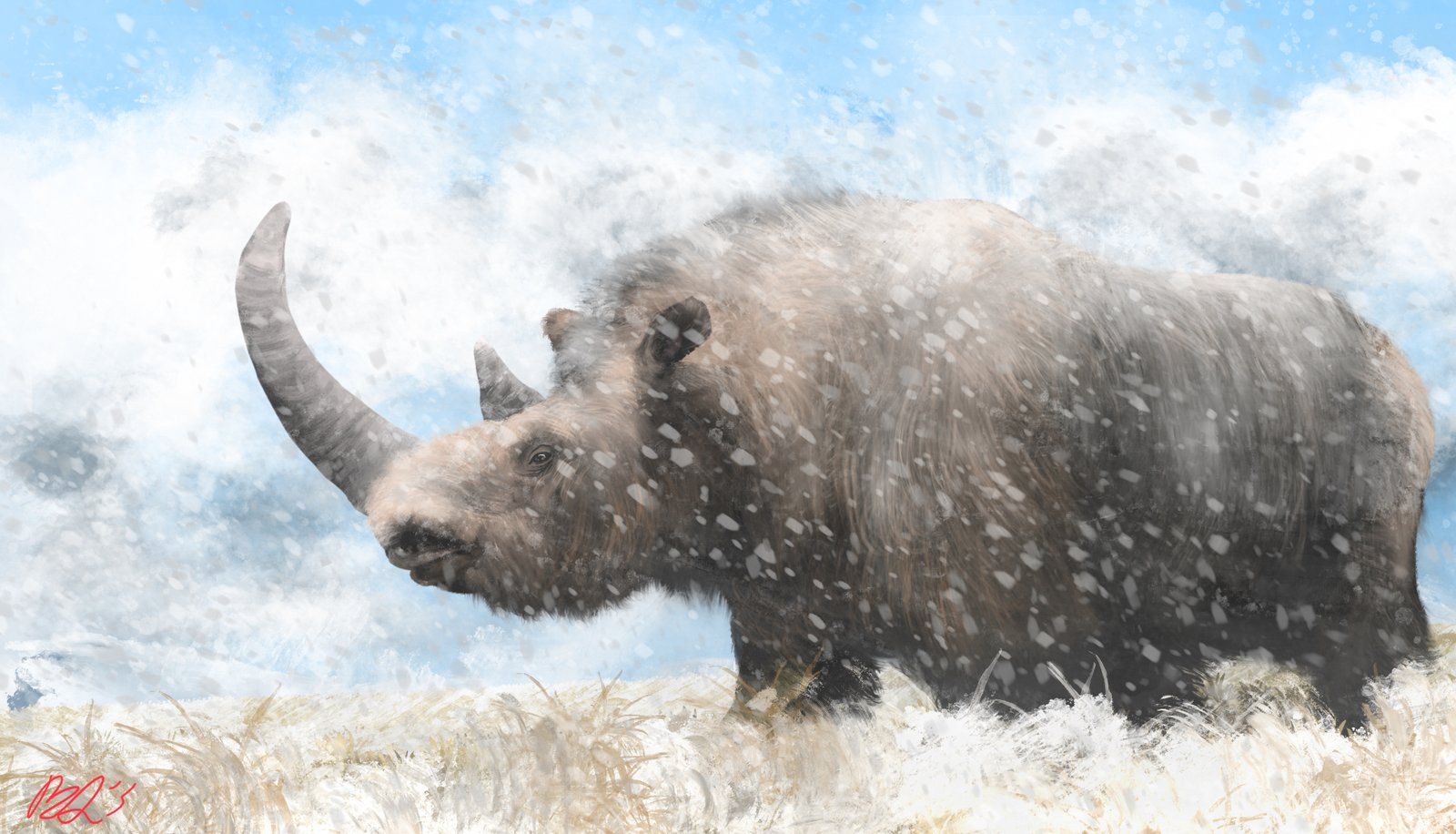
The woolly rhinoceros, or Coelodonta antiquitatis, was a true superstar of the Pleistocene epoch. This creature wasn’t some dainty relative of today’s rhinos; it was a hulking giant, sometimes weighing up to 2,700 kilograms. Its long, thick fur was perfectly suited for the freezing climates of Ice Age Europe, making it one of nature’s most impressive examples of adaptation. With two horns — the front one sometimes over a meter in length — the woolly rhino looked almost mythical, a cross between a tank and a shaggy bison. Its very presence must have sent shivers down the spines of Ice Age people, both from fear and from the cold air it stirred as it moved. In France, these beasts once wandered the open steppe, grazing and rumbling in herds, their heavy bodies leaving prints that would last for millennia.
How Woolly Rhinos Ruled the Ice Age Landscape
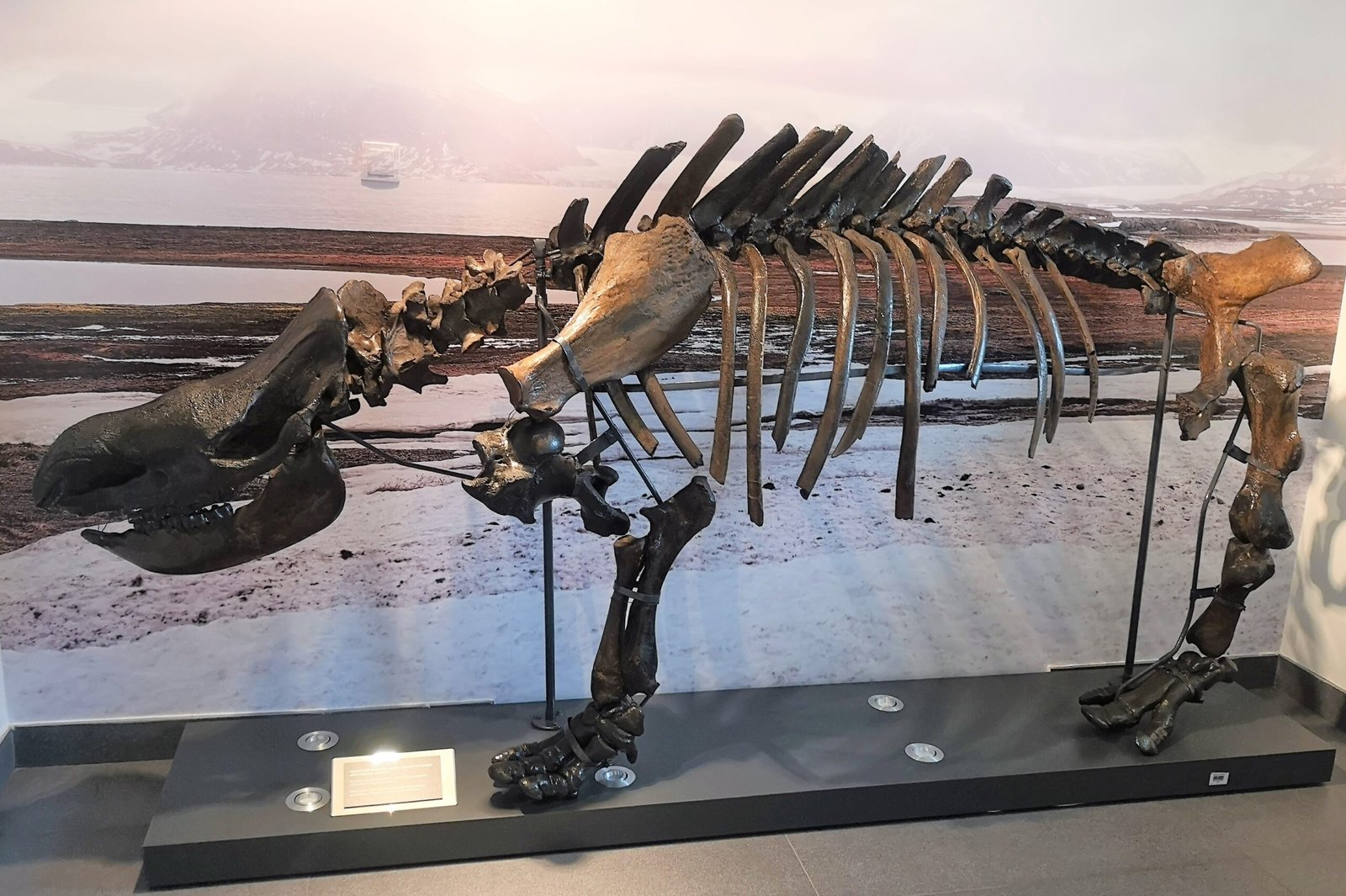
The woolly rhino was perfectly built for survival in the harshest climates. Its thick, layered coat acted as a barrier against the biting winds, while a massive hump on its back stored fat for leaner times. Its broad, flat mouth helped it scrape away snow and chew tough grasses — a living snowplow with an appetite. In France, fossilized remains show that woolly rhinos thrived in open grasslands, often sharing space with mammoths, reindeer, and ancient bison. Their daily lives were a test of endurance, facing predators like cave lions and packs of hungry wolves. Despite these dangers, the woolly rhino’s sheer size and formidable horn made it a force to be reckoned with, rarely challenged by even the boldest hunters of its time.
Discovering the French Connection
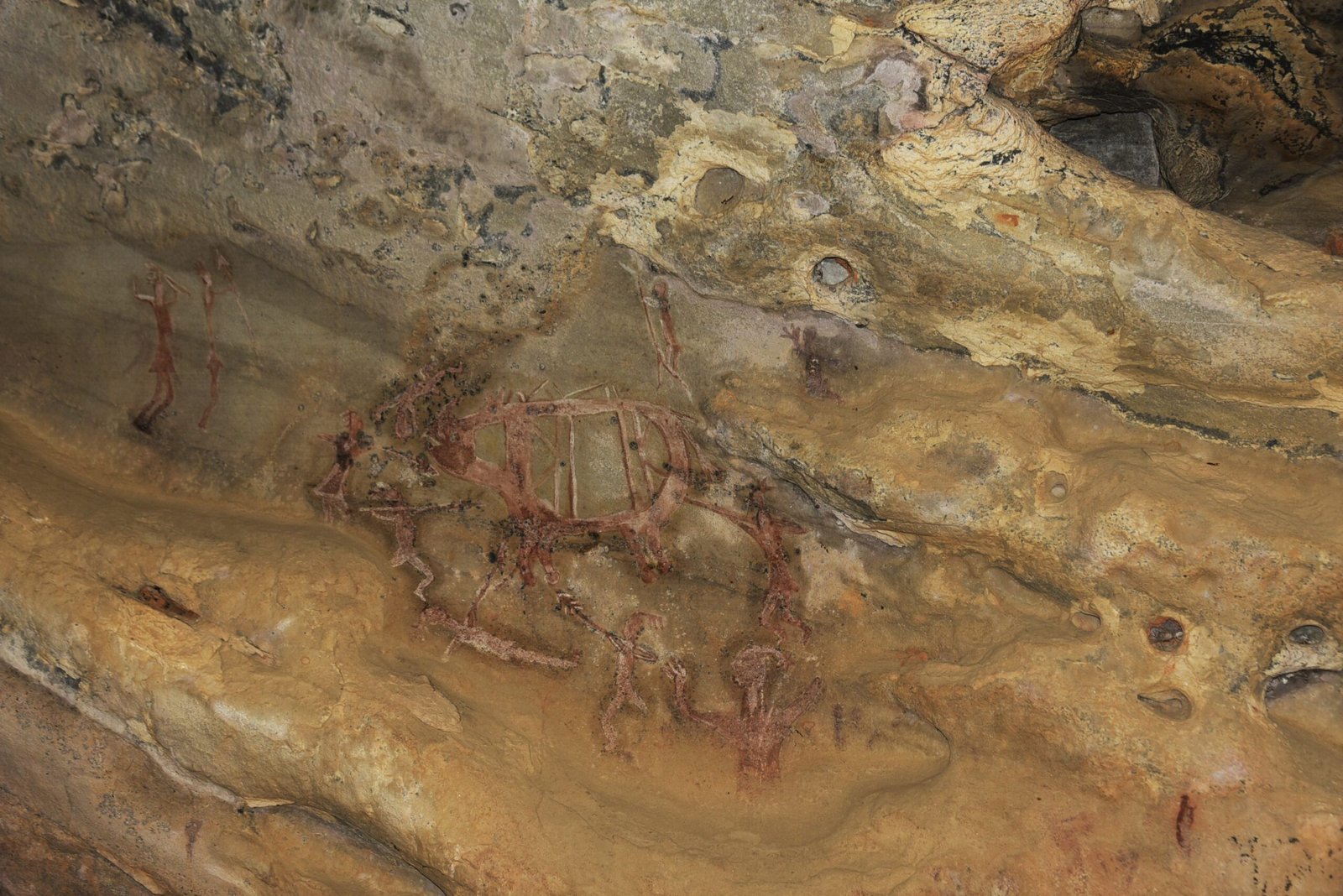
France may be famous for wine and romance, but it’s also a treasure trove for Ice Age fossils. In caves like Chauvet and Lascaux, ancient artists painted woolly rhinos on stone walls, capturing their bulky forms and massive horns with a few careful strokes. These images are more than just art; they’re a window into the relationship between early humans and these impressive animals. Archaeological digs across France have turned up bones, teeth, and even horns, often remarkably well-preserved in the cold, dry earth. Each discovery helps build a picture of how woolly rhinos shaped the prehistoric landscape, both as grazing giants and as subjects of human fascination.
Built for the Chill: Nature’s Winter Coat
If you could run your hand through a woolly rhino’s fur, you’d be amazed by its density and warmth. Their coats were made of long, shaggy outer hair and a softer, insulating underlayer, much like a modern musk ox. This unique adaptation allowed them to survive in temperatures that would freeze most other animals solid. Imagine trudging through a snowstorm in only a sweater — now picture the woolly rhino striding confidently, wrapped in its own natural parka. Even their ears and tails were short and stubby, minimizing heat loss. These adaptations made them true icons of Ice Age resilience, thriving while so many other species struggled to survive the relentless cold.
The Monster Horn: More Than Just a Weapon
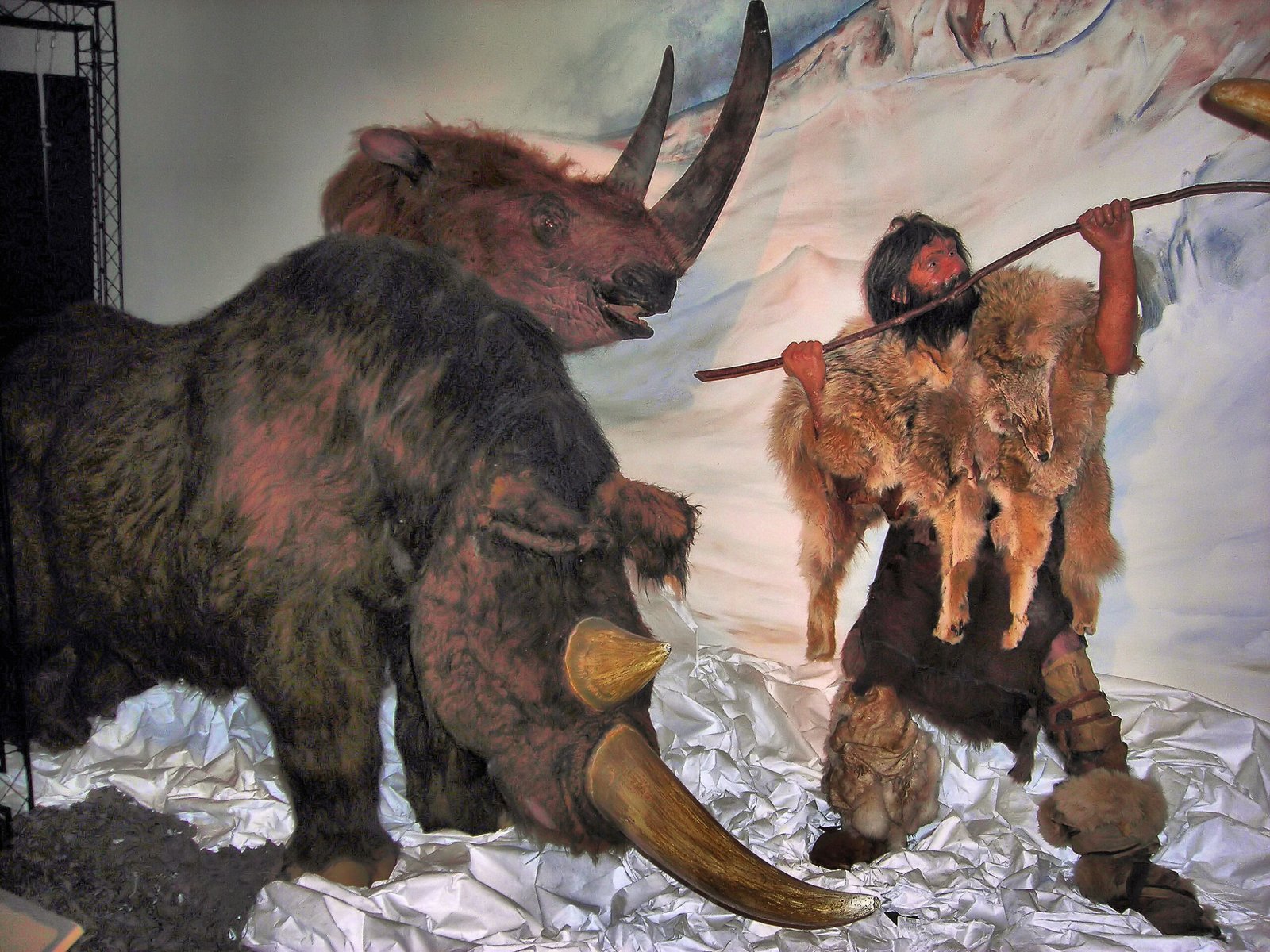
The woolly rhino’s most striking feature was its enormous front horn, sometimes growing longer than a baseball bat. But this wasn’t just for show — it was a multipurpose tool. Rhinos used their horns to sweep away snow, dig for food, and even spar with rivals during mating season. Some scientists believe the horn’s size could have helped with communication, signaling strength or fitness to other rhinos. It’s even possible, based on wear patterns, that they used their horns to defend against predators. The idea of a horned, fur-covered tank barreling across the French plains is both awe-inspiring and a little bit intimidating.
Not Exactly Huggable: The OG Unhuggable Friend

Let’s be honest: the woolly rhino is not your typical plush toy. With its massive size, unpredictable temperament, and intimidating horn, this was not an animal you’d want to snuggle up with. In fact, if the woolly rhino had a motto, it might be “admire from afar.” Early humans surely respected the rhino’s power — perhaps even feared it. Yet, in a strange way, its presence was comforting; it was a reliable, if grumpy, neighbor in the Ice Age wilderness. The woolly rhino’s legacy as the “OG unhuggable friend” is a reminder that awe and affection don’t always come wrapped in soft, fuzzy packages.
Woolly Rhinos in Prehistoric Art
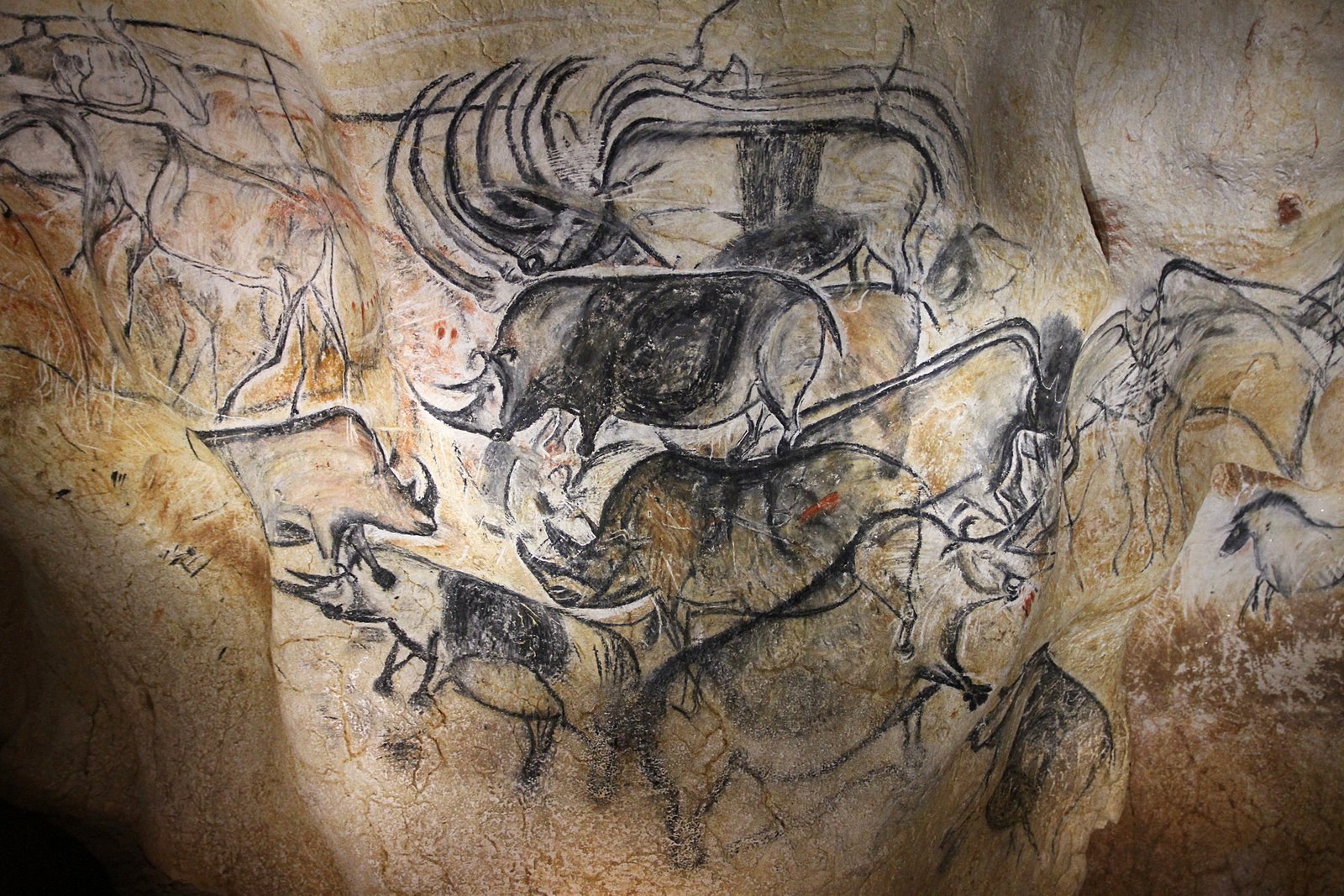
The caves of southern France are filled with ancient masterpieces, and woolly rhinos are among the stars. In places like Chauvet Cave, their distinctive forms appear alongside mammoths and wild horses, immortalized by artists over 30,000 years ago. These paintings are more than doodles — they’re evidence of the deep emotional connection and curiosity early people felt for the creatures around them. The attention to detail, from the curve of the horn to the shaggy fur, shows a fascination and respect that has carried through the ages. Even today, seeing these images can spark a sense of wonder: what did it feel like to stand face-to-face with such a beast?
Fossil Finds: Clues from the Frozen Ground
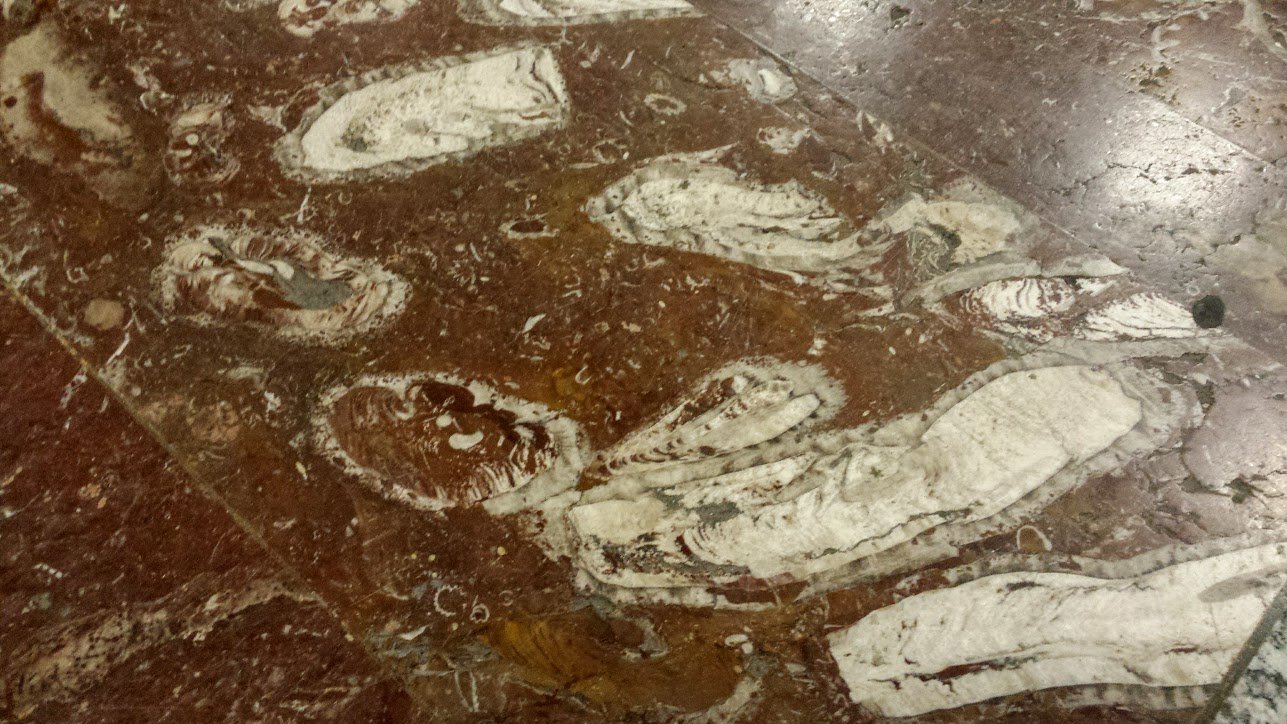
Every fossil is a message from the past, and France is full of them. Bones, teeth, and even mummified remains have been found in riverbeds, caves, and ancient lake beds. These discoveries allow scientists to reconstruct the woolly rhino’s appearance, diet, and movement across Europe. Careful analysis of tooth enamel tells us what kinds of plants they ate, while growth rings in horns reveal the stresses and triumphs of their lives. Sometimes, fossils are found with cut marks, suggesting that early humans hunted or scavenged these giants. Each bone adds a new piece to the puzzle, helping us understand not just how the woolly rhino lived, but why it eventually disappeared.
Why Did the Woolly Rhino Disappear?
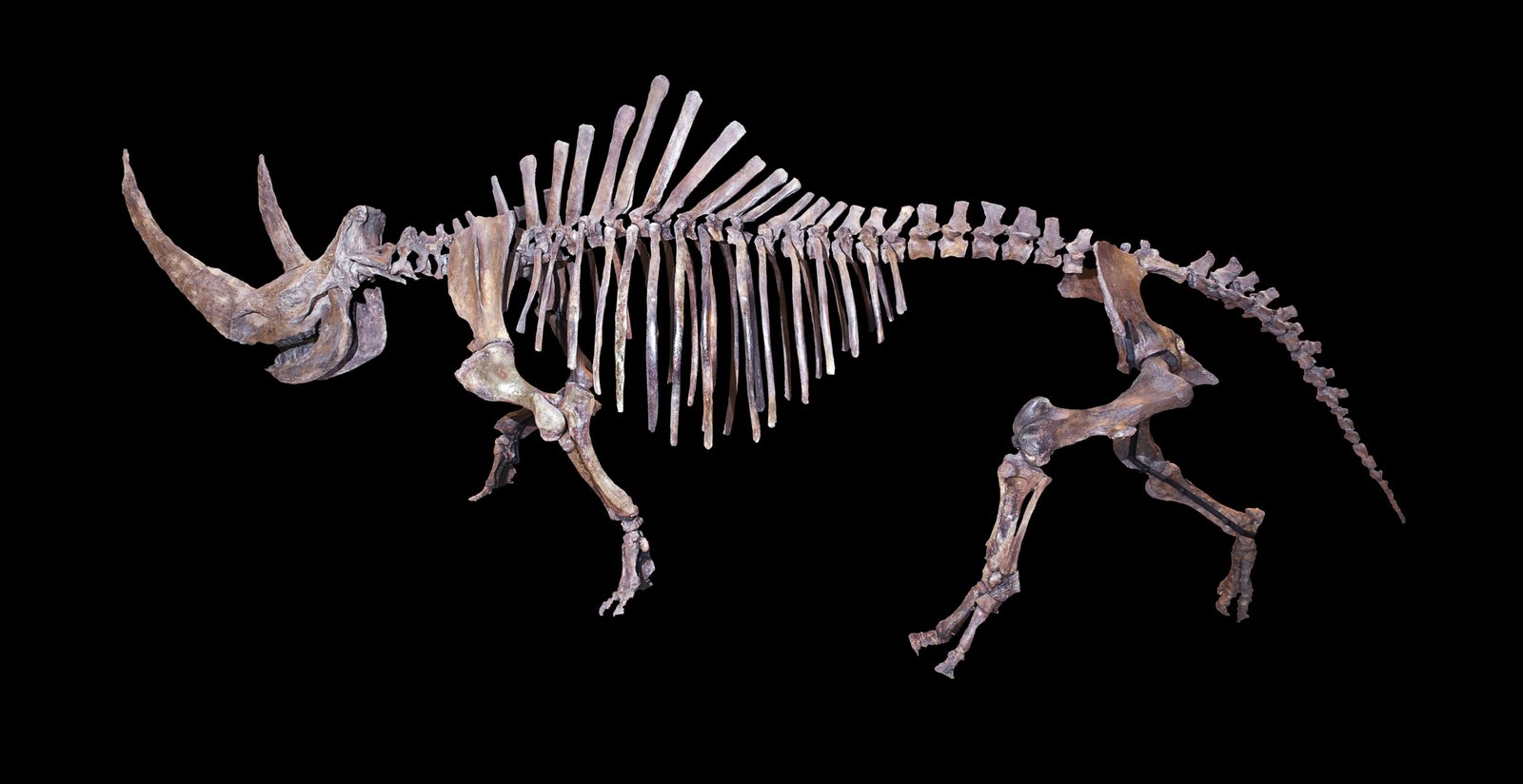
The disappearance of the woolly rhino is a mystery that still haunts scientists. As the Ice Age ended and the climate warmed, their grassy homeland slowly vanished, replaced by forests and wetlands. With less food and more competition from other animals, their numbers dwindled. Some researchers believe that hunting by early humans may have helped push them over the edge. It’s a sobering reminder that even the most powerful, well-adapted creatures can be vulnerable to sudden changes. The fate of the woolly rhino is a lesson in resilience — and fragility — that echoes into our own time.
Legacy in the Modern World: Lessons from a Lost Giant
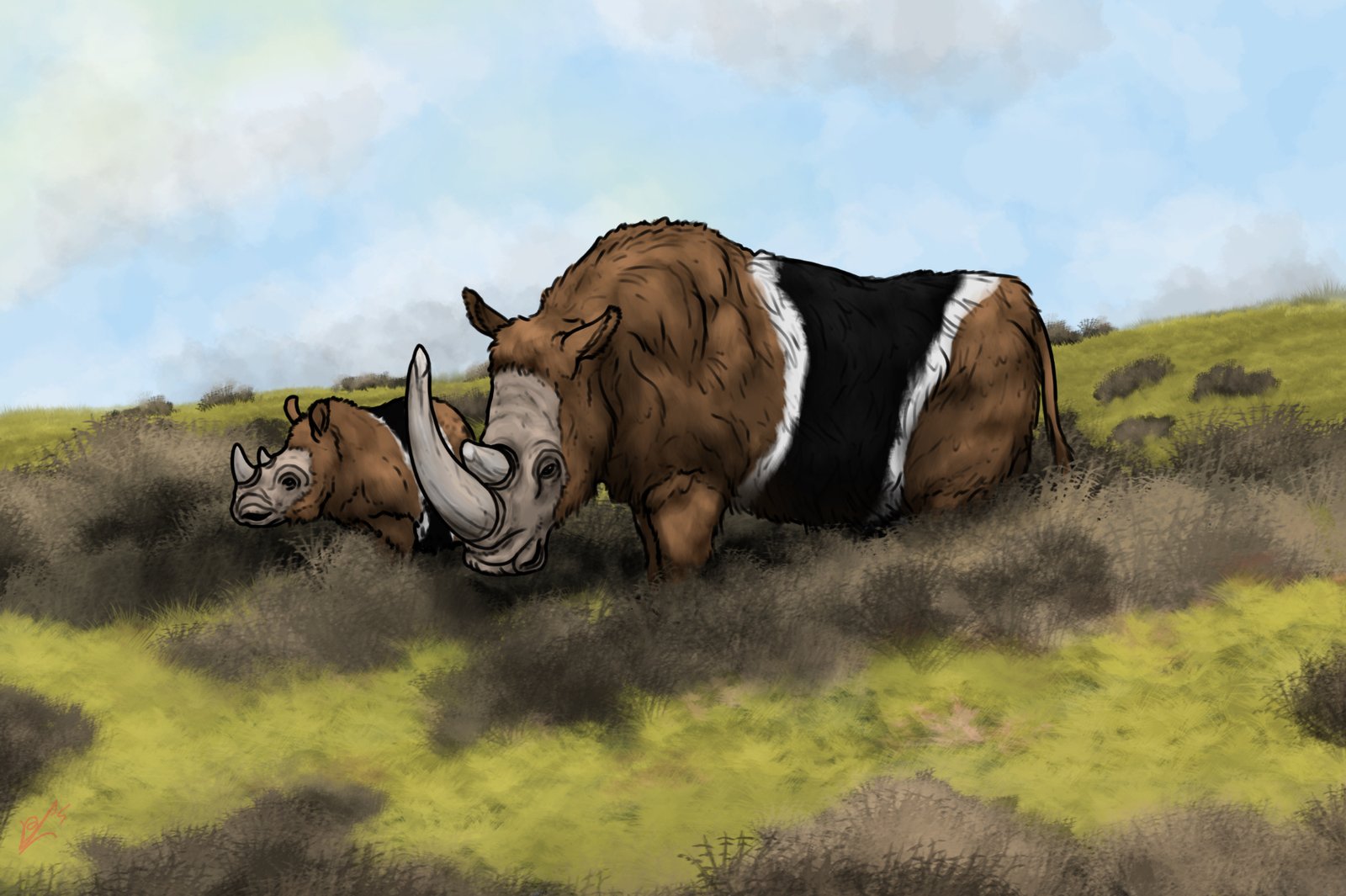
Though the woolly rhino is gone, its story still has power. Today, scientists study its remains to learn about climate change, extinction, and adaptation. The lessons are especially relevant as modern rhino species face threats from habitat loss and poaching. By understanding how the woolly rhino thrived — and why it vanished — we can make smarter choices to protect the animals sharing our world now. The memory of these ancient, unruly friends is a call to cherish the wild things that remain, even if they’re not exactly huggable.
Would You Have Befriended the Woolly Rhino?

The woolly rhino is both a marvel and a mystery — a creature that dominated the Ice Age, inspired ancient artists, and continues to fascinate us today. Its story is a testament to resilience, adaptation, and the untamable spirit of the wild. Though we may never walk alongside these giants again, their legacy lives on in the rocks beneath our feet and the art on ancient walls. Would you have dared to befriend the OG unhuggable friend, or would you have kept a cautious distance?




